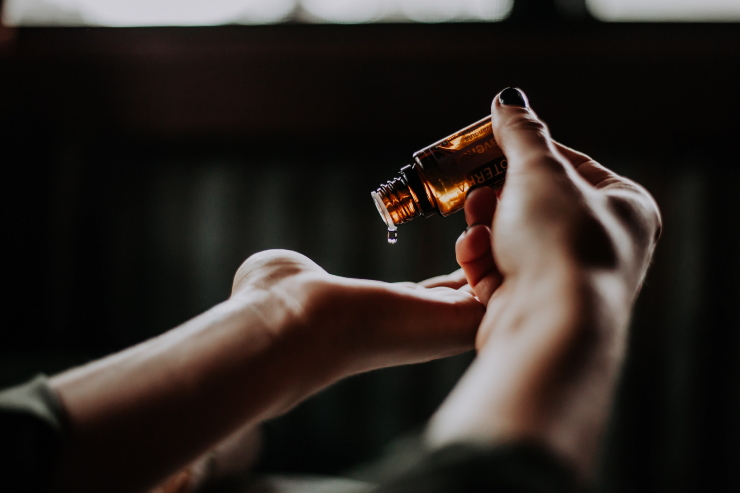Essential oils are a staple part of most modern, American households. The products are not only incredibly versatile—they also provide a number of health benefits, including relief from respiratory infections, congestion, and psychological benefits. These products are 100% pure and made from ingredients incorporating trees, leaves, roots, branches, berries, and fruit—all of which provide aromatherapy and undeniable healthful benefits. Resin and seeds are also used for the steam distillation too.
Like most loyal, essential oil users, these products are incorporated in as many elements of day-to-day life as possible. And as a result, they’re used up pretty quick, and are unlikely to be found sitting around on countertops or in the back of storage cabinets.
If you use these bottles often, it’s unlikely that you’ll struggle with balancing expiration dates or trying to find solutions to make these products last. But if you are trying to cut back on your use and extend the shelf life of your essential oils, there are a few tips and tricks to follow. For this Wellness Wednesday feature, we break down the best ways to make your essential oils last.
What To Know
Essential oils do expire—in fact, they start going bad the moment that you open the lid. And while most bottles will have an expiration date featured directly on it, it’s typical that their shelf life can last anywhere from six months to six years. So, keep track of when exactly you open a new essential oil bottle and estimate what sort of time frame you might realistically need before it’s used in its entirety.

Oils With the Longest Shelf Life
If you’d rather not worry about how long your essential oils will actually last, consider only purchasing ones that will fit into the time frame you’re looking for. Some scents will last longer than others—here’s a breakdown of the shelf life for each oil:
1-2 Years Shelf Life: Citrus, Frankincense, Lemongrass, Neroli, Pine, Spruce, and Tea Tree Oils.
2-3 Years Shelf Life: Most all other essential oils that contain a higher percentage of aldehydes, oxides, monoterpenols, esters, ethers, phenols, or ketones.
4-8 Years Shelf Life: Patchouli, Sandalwood, and Vetiver are oils have the longest shelf life.
How to Make Them Last
Keep them cool. Under heat, essential oils are subject to oxidation. Avoid storage in areas that might become hot or sunny. And generally, try to keep your essential oils stored in the fridge at 41- to 50-degrees F.
Consider changing the bottle. Always try to buy from a company that sells their essential oils in amber, or other dark shades of blue, green, or violet. All of these colors provide protection—and bottling in dark amber glass bottles helps to keep the UV rays out, ultimately extending the life of your essential oil.
Avoid excessive oxygen exposure. When you’re finished using an essential oil, always make sure to immediately put the lid on the bottle and secure the lid tightly. Oxygen changes the chemical structure of essential oils. While it won’t immediately damage your essential oils, too much oxygen exposure can make them deteriorate quicker.
Keep up with all of Green Living‘s content online and on social media.






